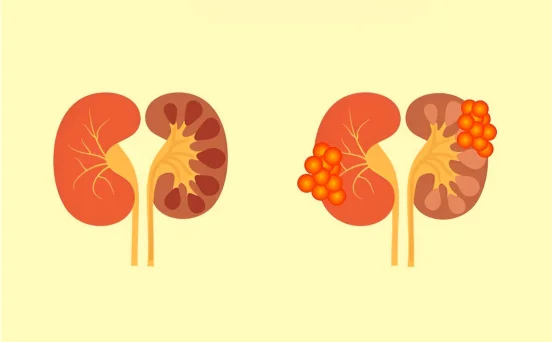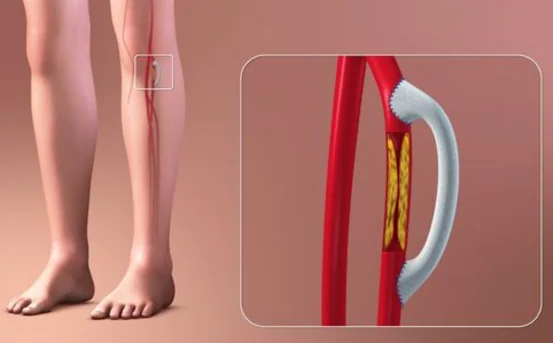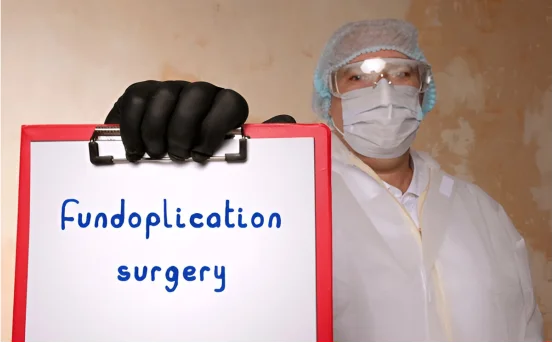A pyeloplasty is surgical reconstruction of the kidney’s pelvis done to correct ureteropelvic junction obstruction (UPJ) obstruction. This condition is characterized by a ureteropelvic junction obstruction; if left unresolved, it can cause hydronephrosis, renal pain, and eventually renal functional decline.
The goal of this surgery is to improve urine drainage from the kidney. The success rate for pyeloplasty surgery is between 90-100%. Different types of pyeloplasty surgery have developed through the years based on age, severity of condition, and personal medical history.
Why is Pyeloplasty Performed?
Usually a doctor will recommend pyeloplasty when a patient presents with:
- obtain symptomatic UPJ herniation with hydronephrosis
- recurrent renal abscess
- unilateral flank or lumbosacral pain
- hypofunctioning kidney on imaging assessment
Early detection, along with timely intervention, helps maintain optimal kidney function and reduces the risk of chronic complications.
Symptoms That Suggest the Need for Pyeloplasty
People with UPJ obstruction might show the following symptoms:
- Chronic or episodic flank pain
- Nausea and vomiting
- Visible blood in urine (hematuria)
- Recurring urinary tract infections
- Nephrolithiasis (Kidney stones)
- Abdominal tumor in young children
- Reduced kidney function in scinographic tests
Diagnosis of UPJ Obstruction Before Pyeloplasty
Determining the types of pyeloplasty surgery to be performed requires an accurate diagnosis beforehand. Common diagnostic modalities include:
- Ultrasonography: Identifies hydronephrosis.
- CT urogram: Offers detailed visualization of kidney and ureter.
- MAG3 or DTPA renal scan: Evaluates function and drainage of the kidneys.
- MRI urogram: helpful in assessing anatomy.
Cystoscopy voiding cystourethrogram (VCUG): mainly done to rule out reflux in children.
Different Types of Pyeloplasty Surgery
There are different methods of performing pyeloplasty, tailored to patients’ needs. Below, I describe the major types of pyeloplasty surgery.
Anderson-Hynes Dismembered Pyeloplasty
Most Common & Standard Technique
- Procedure: Involves resection of the narrowed portion of the ureter with end-to-end anastomosis using healthy portions on both sides.
- Approach: Can be performed using open, laparoscopic or robotic approaches.
- Ideal For: Adults and children with primary UPJ obstruction.
Benefits:
- Over 95% high success rate.
- Completely removes the affected part.
Drawbacks:
- Requires exact stitching.
- Slightly longer recovery time compared to endopyelotomy.
Laparoscopic Pyeloplasty
Less Invasive Alternative
- Procedure: The Anderson-Hynes pyeloplastic technique is done through small cuts with a camera’s guidance.
- Approach: General anesthesia along with laparoscopic equipment is used.
- Ideal For: For those looking for less visibility of scarring and faster recovery.
Benefits:
- Lowered pain.
- Minimal scarring.
- Shorter hospital stay.
Drawbacks:
- Complex surgical skills needed.
- Time taken is longer compared to open surgery.
Robotic-Assisted Pyeloplasty
Precision Minimally Invasive Surgery.
- Procedure: Robotic arms are used for accuracy, usually based on dismembered technique.
- Approach: Robot arms are manipulated through consoles by surgeons.
- Ideal For: Complicated cases and children.
Benefits:
- Increased precision and sight.
- Reduced complication rates.
- Shorter recovery periods.
Drawbacks:
- More expensive than other options.
- Limited availability in some hospitals.
Open Pyeloplasty
- Procedure: Accessing the kidney and ureter requires a large cut on the side.
- Ideal For: Patients where other methods cannot be used.
Benefits:
- Straightforward site access
- Useful for difficult anatomy or extensive scarring
Drawbacks:
- Prolonged Recovery
- Increased postoperative discomfort
- More significant scar
Endopyelotomy
Least Durable and Least Invasive
- Procedure: Endoscopic emphysematous pyelonephritis excision involves making small cuts within the ureter to relieve blockages.
- Approach: Can be done retrograde (through the bladder) or antegrade (through the kidney).
- Best For: Short stricture segments in selective patients with no crossing vessels.
Benefits:
- Operative procedure conducted outside the facility or hospital.
- Short recovery time.
Drawbacks:
- Lower success rate over time (~70-80%).
- Greater risk of requiring additional procedures to correct the first one.
Treatment Selection: What factors do the practitioners consider in deciding which type to use?
Factors that determine the method for pyeloplasty include:
- Patient’s age
- Stricture length and location
- Crossing vessels presence
- Surgical interventions done before
- Functioning capacity of the kidney
- Level of available resources including devices, facilities, expertise, and surgical skill.
Most practitioners opt for laparoscopic or robotic pyeloplasty because these offer quick recovery and are not overly invasive; however, they tend to reserve open surgery for more complex situations where minimally invasive approaches are not suitable.
Recovery and Follow-Up Care
For pyeloplasty, recovery is typically as follows:
- Duration of Hospital Stay: 1-3 days (longer for open surgery)
- Post-surgery Pain Issues: Oral painkillers or IV injection meds
- Ureteral Stent: Often placed temporarily to aid the healing process.
- Catheter Removal: Usually within a few days.
- Normal Activities: Resume within 2-4 weeks.
- Follows scans: To ensure adequate drainage and functioning of the kidney.
Conclusion
This explains the surgical options from pyeloplasty such which are important when considering the treatment for ureteropelvic junction obstruction. It can be the well-known and widely used Anderson-Hynes method, laparoscopic and robotic pyeloplasty which is less invasive or even open surgery. Each technique has its value in contemporary urology.
It’s important to talk to a urologist who uses diverse surgical techniques for the best results in the health of one’s kidneys. Each person’s body structure and the severity of condition differs as well as the method to be used which is dependent on the surgical facilities around.























